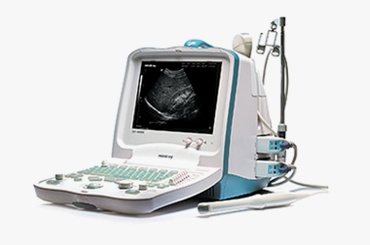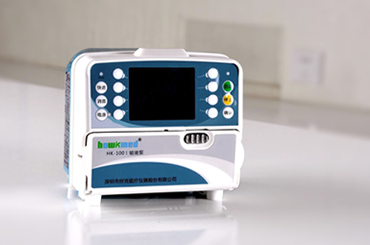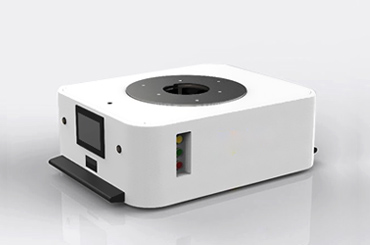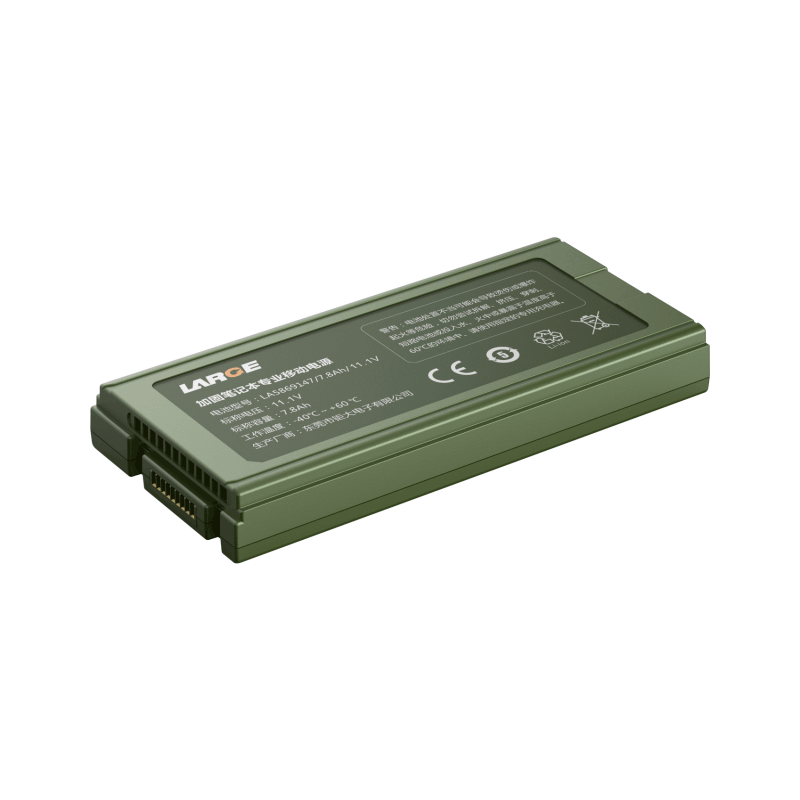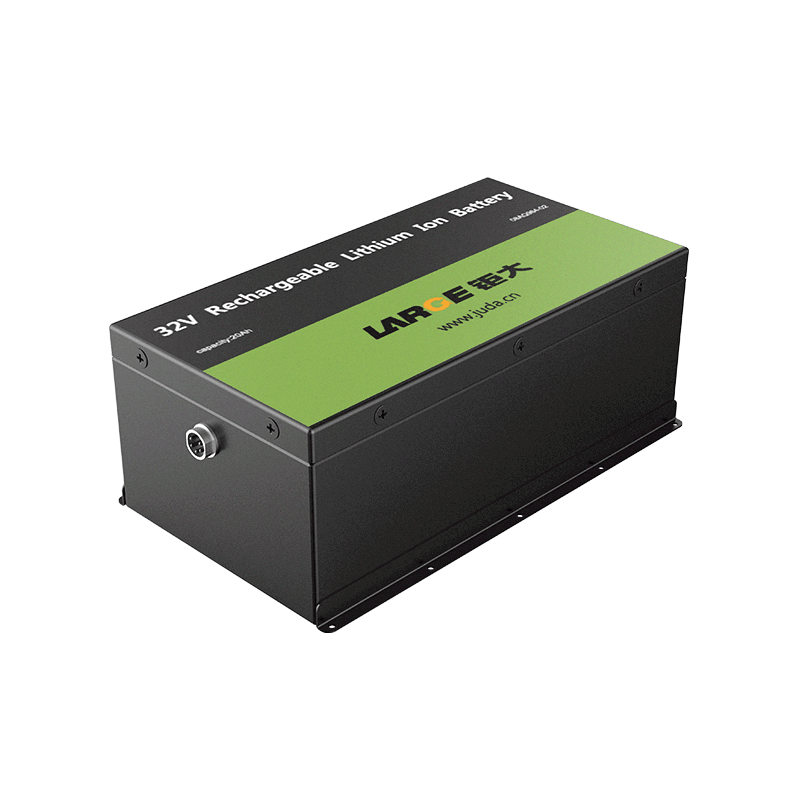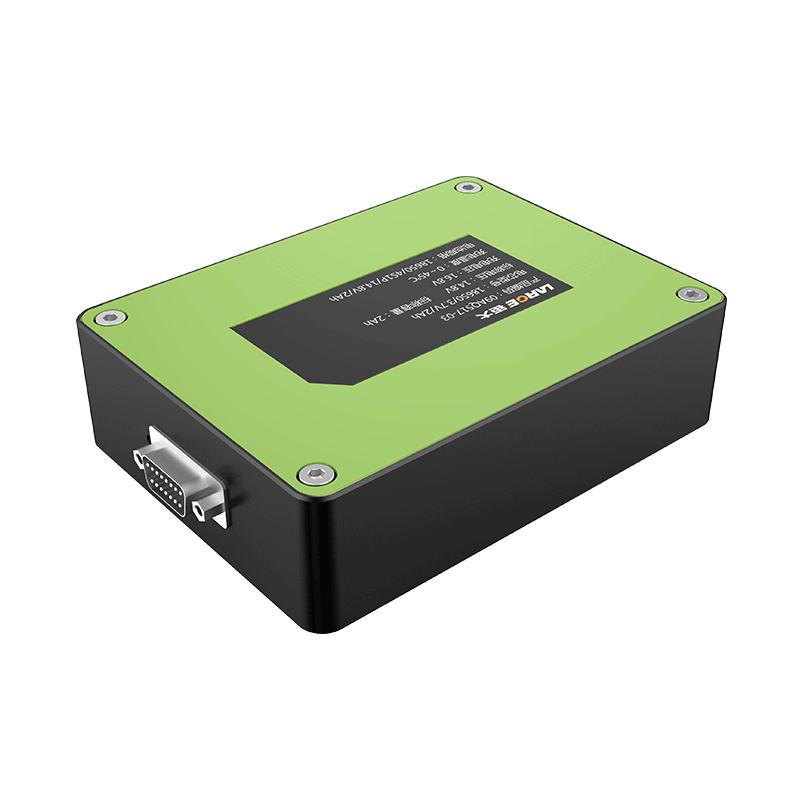-
Introduction to Lipo Batteries
-
Introduction to Battery Temperature Sensitivity
-
Factors Affecting Battery Performance
-
Ideal Temperature Range
-
Cold Weather Considerations for Ion Battery
-
Battery Capacity and Temperature
-
Effects of High Temperature Environment
-
Storage Conditions for Optimal Performance
-
Safety Precautions for Battery Handling
Understanding the Lipo Battery Temperature Range for Optimal Performance
APR 24, 2025 Pageview:7249
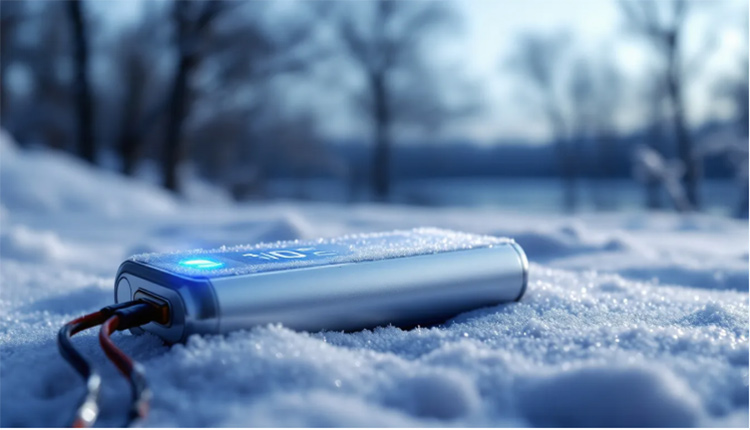
Introduction to lipo batteries
Lithium polymer batteries which are more commonly known as Lipo batteries are based on a gel-type polymer which has the ability to take different shapes with ease. Most interestingly, the energy density of these batteries is much higher than other batteries which can be found in the market with ease. The reason behind this is the unavailability of any rigid container around the lipo batteries which normally contains dead spaces in between which can affect the charging capacity of the batteries with ease. Therefore, whenever you are going to observe lipo battery in a proper way, you will get a good idea that the entire space in the lipo battery packs is filled with the zero empty space which makes it full of energy in the best possible way, regardless of the ambient temperature.
Introduction to Battery Temperature Sensitivity
Lithium-ion batteries, including lithium-ion polymer (LiPo) batteries, are highly sensitive to temperature fluctuations. The ideal temperature range for these batteries is between 20°C to 40°C (68°F to 104°F). Operating outside this range can significantly impact battery performance and lifespan. High temperatures can accelerate chemical reactions within the battery, leading to faster degradation and potential safety risks. Conversely, low temperatures can slow down these reactions, reducing the battery's efficiency and capacity. Understanding how temperature affects lithium-ion battery performance is crucial for optimizing their use in various applications, such as e-bikes, smartphones, and RC devices. By maintaining the recommended temperature range, you can ensure reliable performance and extend the lifespan of your batteries.
Factors Affecting Battery Performance
Although Lipo batteries are being used in numerous applications, there is a variety of facts available which can affect the performance of lipo battery with ease. But when it comes to seeing the most major factor which can affect battery performance, then in the case of lipo batteries "Temperature" will come at the top. It is because for lipo batteries the ambient temperature contains a great influence on battery performance. The optimal temperature level of operating lipo batteries is ranged from 0 to 35 degrees. However, the environment with a lower temperature has the ability to decrease the lithium-ions' activity. As a result, the discharge capacity of the lipo battery will be weak and ultimately it will affect the use time of the battery in a negative way. Low temperatures can adversely affect a battery's capacity, leading to reduced discharge capacity and shorter usage time. It means it will shorten the battery-use time.
However, if you are going to use lipo battery under low temperature for a shorter period of time then the damage will be temporary only and it will not affect the performance of the battery. Most importantly, the performance of the battery will be recovered with ease by reinforcing the optimal temperature range. However, if the battery is going to be charged and discharged in a low-temperature environment for a longer period of time then this will spread out the metal lithium on the surface of the battery. This process can't be reversed and can cause permanent damage to the performance of the battery. Capacity loss due to temperature impacts is a critical factor, as it contributes to reduced ion mobility and increased internal resistance, affecting overall battery efficiency during discharge. Additionally, high temperatures can trigger exothermic reactions in the battery, which may lead to thermal runaway, a dangerous condition that can result in fire or explosion.
Ideal Temperature Range
For the summer season, the temperature range for charging the batteries should be from 5 to 45°C. It is crucial to maintain an optimal charging temperature range between 5-45 degrees Celsius for both charging and long term storage to ensure battery safety and performance.
The upper voltage limit of charging a lipo battery should not exceed 4.22V, and it is essential to monitor for higher voltage, while the temperature during battery charging should not go beyond 45°C.
For the low-temperature environment, charging must be carried out at room temperature and the limit of the temperature should be ranged from 5 ° to C20 ° C. Also, the charging lithium batteries should not be carried out in the temperature above 40 °C.
In winter, when compared with the room temperature, the battery life may be shortened when it will be kept at a lower temperature for a longer period of time. while, after getting a "Battery low" alarm, which indicates the remaining battery power is low, you should immediately put it on a charge.
During high-temperature environment, charging needs to be used within 48 hours once the charging has been completed. Otherwise, a timely discharge is highly recommended to the storage voltage of 3.8 to 3.9V. When the temperature is not reaching above 20 °C, the discharge current may not be optimal, making this not a better option for large maneuvering.
It is highly recommended to store your lipo batteries at room temperature always. You must avoid storing your battery in a hot garage or automobile. You should also avoid storing battery under direct sunlight or extreme temperature. The safest temperature range for long-term short-term storage is from -10?C to 45?C. Also, it is highly recommended to store the lipo batteries away from your kids' reach. It is because these are the batteries with high density and can cause a problem with ease. Furthermore, storing lipo batteries requires that they be kept in a cool, dry, and well-ventilated area away from direct sunlight and heat sources to ensure their longevity and safety.
It is always a better option to follow the temperature guideline which is given by the manufacturer on your battery case and the recommendations for battery management systems for better battery life and safety. For optimal storage, lithium-ion batteries should ideally be kept in cool, dry conditions at a temperature of 15°C to maintain their performance and longevity.
Cold Weather Considerations for Ion Battery
Cold weather can significantly impact the performance of lithium-ion batteries. Low temperatures slow down the chemical reactions within the battery, affecting its discharge platform and overall efficiency. As a result, lithium-ion batteries may experience reduced capacity and voltage drops in cold weather, making them less reliable. To mitigate these effects, it's essential to store lithium-ion batteries in a cool, dry place, away from direct sunlight and moisture. When using lithium-ion batteries in cold weather, it's recommended to keep them in a thermos cup or a warm pocket to maintain their temperature. This helps ensure that the battery remains within an optimal temperature range, protecting it from extreme cold and viding better performance and longevity even in colder conditions.
Battery Capacity and Temperature
The capacity of lithium-ion batteries is closely linked to temperature. High temperatures can cause a lithium-ion battery to degrade faster, reducing its lifespan and overall performance. On the other hand, low temperatures can reduce the battery's capacity and discharge rate, making it less efficient. The optimal storage temperature for lithium-ion batteries is between 10°C to 20°C (50°F to 68°F), which helps maintain their capacity and overall performance. It's essential to avoid storing lithium-ion batteries in freezing temperatures, as this can cause permanent damage to the battery cells. By keeping your rechargeable battery within the recommended temperature range, you can ensure it remains in good condition and performs reliably over time.
Effects of High Temperature Environment
When it comes to controlling the temperature range quite safely then there are some highly important precautions which you have to consider in this regard. Do you want to know what are these best ways which can help you to control lipo battery temperature range in the best possible way? Well, here are some things which we have brought for you which are surely going to be the best to know in this regard. So, have a look at the following information:
After a high-temperature battery discharge, the battery should not be recharged immediately. Even more, the battery surface temperature could be charged at the temperature below 40 °C. It is crucial to manage temperature and current during high current discharge to minimize life decay, ensuring the surface temperature does not exceed 70 degrees Celsius.
Keep the temperature under 45 °C while charging the upper limit of the lipo batteries. Monitoring temperature levels during both charging and discharging processes is essential to avoid the risks associated with high temperature discharge.
It is highly recommended to use the lipo battery charger which is recommended by the manufacturer only. Even more, you should never use equipment other than that recommended for li ion batteries to carry out the current larger than 1.5C.
In order to ensure the optimal life and high safety of lipo batteries, the BMS is adopted in the pack of high-temperature lipo batteries to prevent over-discharging, overcharging, low-temperature charging, high-temperature operation, safety problems and even short-circuit in the best possible way. The surface temperature of the fast charging batteries should not exceed 65 °C. Even more, during the process of fast charging, the temperature may rise stably. Additionally, LiPo batteries need to be insulated after discharging to maintain a safe temperature and prevent any potential hazards.
However, when it comes to understanding the Lipo battery temperature range, then it is highly important for you to understand that the lipo battery contains highly specific charging requirements. These are the must-follow charging requirements which you need to follow if you want to keep your lipo battery in the best condition for a longer period of time. It is highly recommended to take care of your lipo batteries while charging them in a proper way it is because mishandling of the lipo batteries can cause an explosion. Moreover, higher electric currents, faster voltage decay, and overload during high temperatures can cause lithium batteries to be over-discharged, leading to reduced performance and potential safety risks.
Storage Conditions for Optimal Performance
To ensure the optimal performance and lifespan of lithium-ion batteries, it's crucial to store them in a controlled environment. The storage area should be cool, dry, and well-ventilated, with a stable temperature between 10°C to 20°C (50°F to 68°F). Lithium-ion batteries should be stored away from direct sunlight, moisture, and extreme temperatures. It's also recommended to store lithium-ion batteries with a partial charge, around 40% to 50%, to prevent overcharging and reduce the risk of thermal runaway. By following these storage guidelines, you can help maintain the performance and safety of your lithium-ion batteries, ensuring they remain reliable for longer periods.
Safety Precautions for Battery Handling
Handling lithium-ion batteries requires caution and attention to safety precautions. To avoid short circuits, which can cause a fire or explosion, it's essential to store lithium-ion batteries in a protective case or bag to prevent physical damage. Always follow the manufacturer's instructions for charging and storing lithium-ion batteries to ensure safe usage. In case of a lithium-ion battery fire, it's crucial to have a fire extinguisher nearby and to follow proper evacuation procedures. By adhering to these safety guidelines, you can ensure the safe handling and storage of lithium-ion batteries, minimizing the risk of accidents and maintaining their performance.
- Prev Article: Nickel Iron Battery vs Lithium Ion-Energy, Protection...
- Next Article: Lipo Battery Temperature Sensor-Temperature Control
Leave Message
Hottest Categories
-
Hottest Industry News
-
Latest Industry News




